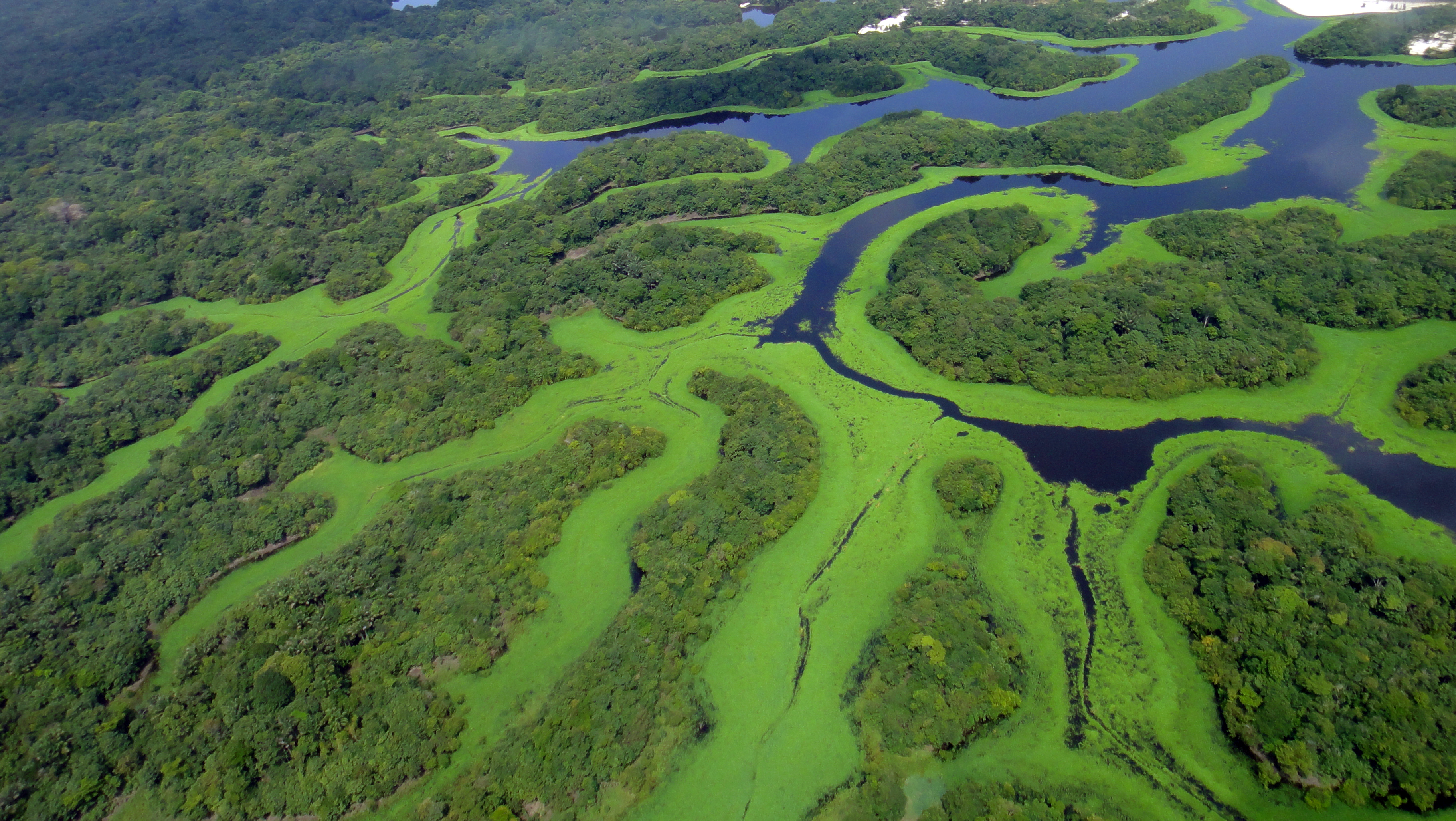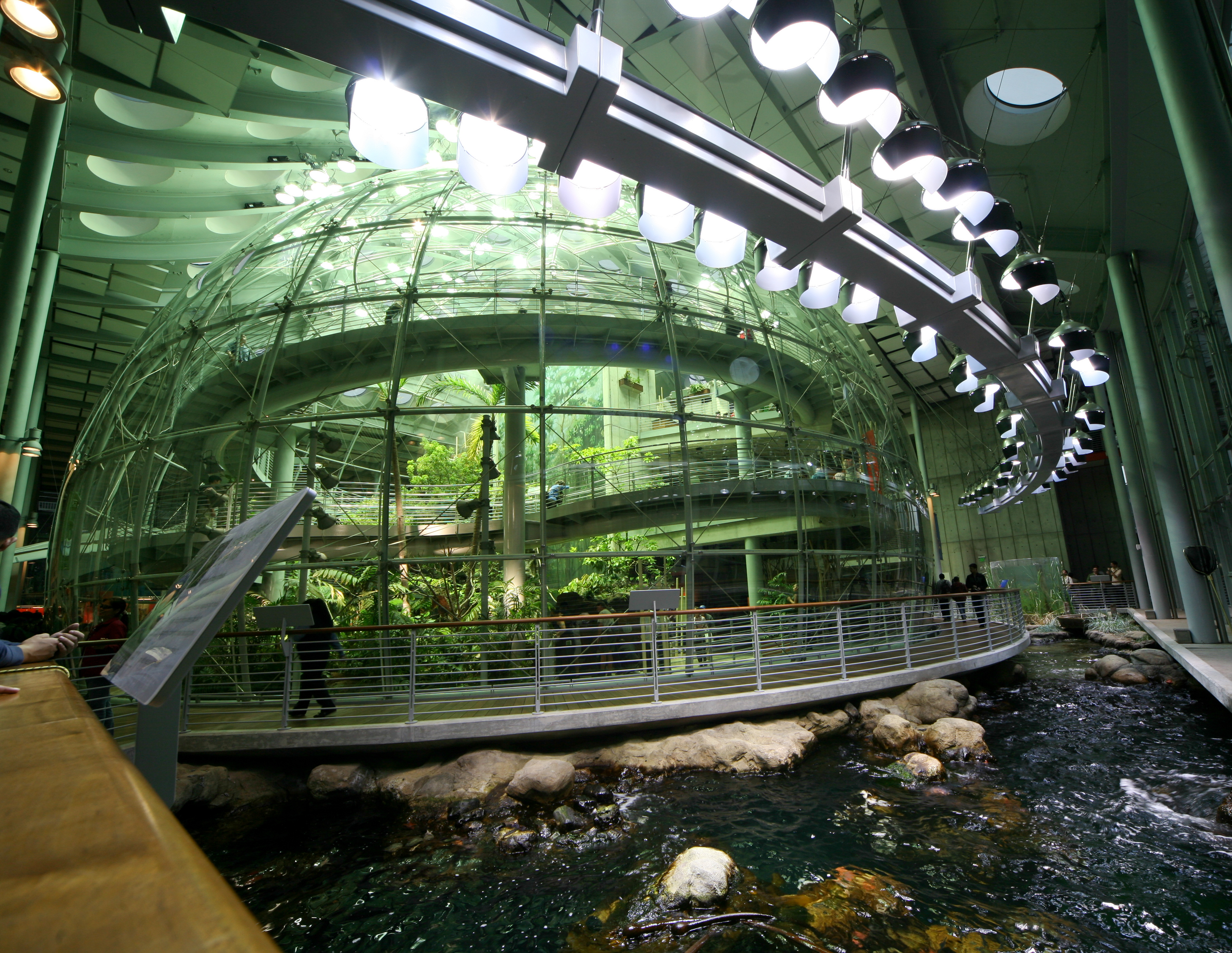|
Acnodon Senai
''Acnodon senai'', Sena's pacu, is a species of freshwater ray-finned fish belonging to the family Serrasalmidae, which includes the pacus and piranhas. This fish is found in Brazil. Taxonomy ''Acnodon senai'' was first formally described in 1990 by the ichthyologists Michel Jégu, who is French, and Geraldo M. dos Santos, who is Brazilian, with its type locality given as 0°35'45"S, 52°38'20"W from a beach downstream of Rio Jari, Amapa, Carapatinho Island. This species is classified in the genus ''Acnodon'' which belongs to the subfamily Myleinae in the family Serrasalmidae which is classified in the suborder Characoidei of the order Characiformes. Etymology ''Acnodon senai'' is classified in the genus ''Acnodon'', a name which prefixies ''a-'', meaning without, onto ''knodon'', which means "the projecting teeth on a hunting spear", an allusion to the mistaken perception that the type species of the genus, '' A. oligacanthus'', does not have a spine in front of its do ... [...More Info...] [...Related Items...] OR: [Wikipedia] [Google] [Baidu] |
Michel Louis Arthur Marie Ange François Jégu
Michel may refer to: * Michel (name), a given name or surname of French origin (and list of people with the name) * Míchel (nickname), a nickname (a list of people with the nickname, mainly Spanish footballers) * Míchel (footballer, born 1963), Spanish former footballer and manager * ''Michel'' (TV series), a Korean animated series * German auxiliary cruiser ''Michel'' * Michel catalog, a German-language stamp catalog * St. Michael's Church, Hamburg or Michel * S:t Michel, a Finnish town in Southern Savonia, Finland * ''Deutscher Michel'', a national personification of the German people People * Alain Michel (other), several people * Ambroise Michel (born 1982), French actor, director and writer. * André Michel (director), French film director and screenwriter * André Michel (lawyer), human rights and anti-corruption lawyer and opposition leader in Haiti * Anette Michel (born 1971), Mexican actress * Anneliese Michel (1952 - 1976), German Catholic woman underg ... [...More Info...] [...Related Items...] OR: [Wikipedia] [Google] [Baidu] |
Suborder
Order () is one of the eight major hierarchical taxonomic ranks in Linnaean taxonomy. It is classified between family and class. In biological classification, the order is a taxonomic rank used in the classification of organisms and recognized by the nomenclature codes. An immediately higher rank, superorder, is sometimes added directly above order, with suborder directly beneath order. An order can also be defined as a group of related families. What does and does not belong to each order is determined by a taxonomist, as is whether a particular order should be recognized at all. Often there is no exact agreement, with different taxonomists each taking a different position. There are no hard rules that a taxonomist needs to follow in describing or recognizing an order. Some taxa are accepted almost universally, while others are recognized only rarely. The name of an order is usually written with a capital letter. For some groups of organisms, their orders may follow consistent ... [...More Info...] [...Related Items...] OR: [Wikipedia] [Google] [Baidu] |
Acnodon Normani
''Acnodon normani'', the sheep-pacu, is a species of freshwater ray-finned fish belonging to the family Serrasalmidae, which includes the pacus and piranhas. This species is found in the Amazon River basin of Brazil. Taxonomy ''Acnodon normani'' was first formally described in 1951 by the American ichthyologist William Alonzo Gosline with its type locality given as the Rio Santa Teresa, a western tributary of the upper Rio Tocantins in Goias State, Brazil. This species is classified in the genus ''Acnodon'' which belongs to the subfamily Myleinae in the family Serrasalmidae which is classified in the suborder Characoidei of the order Characiformes. Etymology ''Acnodon normani'' is classified in the genus ''Acnodon'', a name which prefixies ''a-'', meaning without, onto ''knodon'', which means "the projecting teeth on a hunting spear", an allusion to the mistaken perception that the type species of the genus, '' A. oligacanthus'', does not have a spine in front of its dors ... [...More Info...] [...Related Items...] OR: [Wikipedia] [Google] [Baidu] |
Humeral Spot
Humeral spot (from Latin ''humerus'', pertaining to the shoulder) is a mark or pattern found on several species of fish, typically above the pectoral fin. In insects, the humeral spot may be found on the Glossary_of_entomology_terms#Costa, costal area of the wing. References {{Animal-physiology-stub Humerus Fish physiology Insect physiology ... [...More Info...] [...Related Items...] OR: [Wikipedia] [Google] [Baidu] |
Manaus
Manaus () is the List of capitals of subdivisions of Brazil, capital and largest city of the States of Brazil, Brazilian state of Amazonas (Brazilian state), Amazonas. It is the List of largest cities in Brazil, seventh-largest city in Brazil, with an estimated 2022 population of 2,063,689 distributed over a land area of about . Located at the east centre of the state, the city is the centre of the Greater Manaus, Manaus metropolitan area and the largest metropolitan area in the North Region, Brazil, North Region of Brazil by urban landmass. It is situated near Meeting of Waters, the confluence of the Rio Negro (Amazon), Negro and Amazon River, Amazon rivers. It is one of the two cities in the Amazon rainforest with a population of over 1 million people, alongside Belém. The city was founded in 1669 as the Fort of São José do Rio Negro. It was elevated to a town in 1832 with the name of "Manaus", an altered spelling of the indigenous Manaós peoples, and legally transformed in ... [...More Info...] [...Related Items...] OR: [Wikipedia] [Google] [Baidu] |
Instituto Nacional De Pesquisas Da Amazônia
The National Institute of Amazonian Research (Instituto Nacional de Pesquisas da Amazônia or INPA) is a public educational and research institution headquartered in Manaus, Brazil. It was founded in 1952, with the purpose of furthering scientific knowledge of the Amazon rainforest, Brazilian Amazon Region. Most of INPA's research focuses on tropical forest management, ecology, molecular ecology, zoology, botany, tropical agriculture and tropical pisciculture. The institution also maintains important vertebrate, invertebrate, and vascular plants research collections. It also publishes the scientific journa''Acta Amazônica'' Graduate programs Graduate programs offered by INPA: * Agriculture in the Humid Tropics (Masters and Doctorate) * Botany (Masters and Doctorate) * Ecology (Masters and Doctorate) * Entomology (Masters and Doctorate) * Tropical Forestry (Masters and Doctorate) * Climate and Environmental Sciences (Masters and Doctorate) * Genetics, Conservation and Evolutionary ... [...More Info...] [...Related Items...] OR: [Wikipedia] [Google] [Baidu] |
Specific Name (zoology)
In zoological nomenclature, the specific name (also specific epithet, species epithet, or epitheton) is the second part (the second name) within the scientific name of a species (a binomen). The first part of the name of a species is the name of the genus or the generic name. The rules and regulations governing the giving of a new species name are explained in the article species description. For example, the scientific name for humans is ''Homo sapiens'', which is the species name, consisting of two names: ''Homo'' is the " generic name" (the name of the genus) and ''sapiens'' is the "specific name". Etymology Historically, ''specific name'' referred to the combination of what are now called the generic and specific names. Carl Linnaeus, who formalized binomial nomenclature, made explicit distinctions between specific, generic, and trivial names. The generic name was that of the genus, the first in the binomial, the trivial name was the second name in the binomial, and the ... [...More Info...] [...Related Items...] OR: [Wikipedia] [Google] [Baidu] |
Dorsal Fin
A dorsal fin is a fin on the back of most marine and freshwater vertebrates. Dorsal fins have evolved independently several times through convergent evolution adapting to marine environments, so the fins are not all homologous. They are found in most fish, in mammals such as whales, and in extinct ancient marine reptiles such as ichthyosaurs. Most have only one dorsal fin, but some have two or three. Wildlife biologists often use the distinctive nicks and wear patterns which develop on the dorsal fins of whales to identify individuals in the field. The bones or cartilages that support the dorsal fin in fish are called pterygiophores. Functions The main purpose of the dorsal fin is usually to stabilize the animal against rolling and to assist in sudden turns. Some species have further adapted their dorsal fins to other uses. The sunfish uses the dorsal fin (and the anal fin Fins are moving appendages protruding from the body of fish that interact with water to ge ... [...More Info...] [...Related Items...] OR: [Wikipedia] [Google] [Baidu] |
Acnodon Oligacanthus
''Acnodon oligacanthus'', the slender pacu, is a species of freshwater ray-finned fish belonging to the family Serrasalmidae, which includes the pacus and piranhas. This fish is found in South America. Taxonomy ''Acnodon oligacanthus'' was first formally described as ''Myleus oligacanthus'' in 1844 by the German zoologists Johannes Peter Müller and Franz Hermann Troschel with its type loacliaty given as Suriname. In 1903 Carl H. Eigenmann propsed the new monospecific genus ''Acnodon'' with ''M. oligacanthus'' designated as its type species. ''Acnodon'' belongs to the subfamily Myleinae in the family Serrasalmidae which is classified in the suborder Characoidei of the order Characiformes. Etymology ''Acnodon oligacanthus'' is the type species of the genus ''Acnodon'', a name which prefixies ''a-'', meaning without, onto ''knodon'', which means "the projecting teeth on a hunting spear", an allusion to the mistaken perception that this species does not have a spine in front of i ... [...More Info...] [...Related Items...] OR: [Wikipedia] [Google] [Baidu] |
Type Species
In International_Code_of_Zoological_Nomenclature, zoological nomenclature, a type species (''species typica'') is the species name with which the name of a genus or subgenus is considered to be permanently taxonomically associated, i.e., the species that contains the biological Type (biology), type wiktionary:en:specimen, specimen (or specimens). Article 67.1 A similar concept is used for suprageneric groups and called a type genus. In botanical nomenclature, these terms have no formal standing under the International Code of Nomenclature for algae, fungi, and plants, code of nomenclature, but are sometimes borrowed from zoological nomenclature. In botany, the type of a genus name is a specimen (or, rarely, an illustration) which is also the type of a species name. The species name with that type can also be referred to as the type of the genus name. Names of genus and family ranks, the various subdivisions of those ranks, and some higher-rank names based on genus names, have suc ... [...More Info...] [...Related Items...] OR: [Wikipedia] [Google] [Baidu] |
California Academy Of Sciences
The California Academy of Sciences is a research institute and natural history museum in San Francisco, San Francisco, California, that is among the largest List of natural history museums, museums of natural history in the world, housing over 46 million specimens. The academy began in 1853 as a learned society and still carries out a large amount of original research. The institution is located in Golden Gate Park on the West Side (San Francisco), West Side of San Francisco. Completely rebuilt in 2008, the academy's primary building in Golden Gate Park covers . In early 2020, before the COVID-19 pandemic, the California Academy of Sciences had around 500 employees and an annual revenue of about $33 million. Governance The California Academy of Sciences, California's oldest operating museum and research institution for the natural sciences, is governed by a 41-member board of trustees who are nominated and chosen by the California Academy of Sciences Fellows. The Academy Fello ... [...More Info...] [...Related Items...] OR: [Wikipedia] [Google] [Baidu] |



